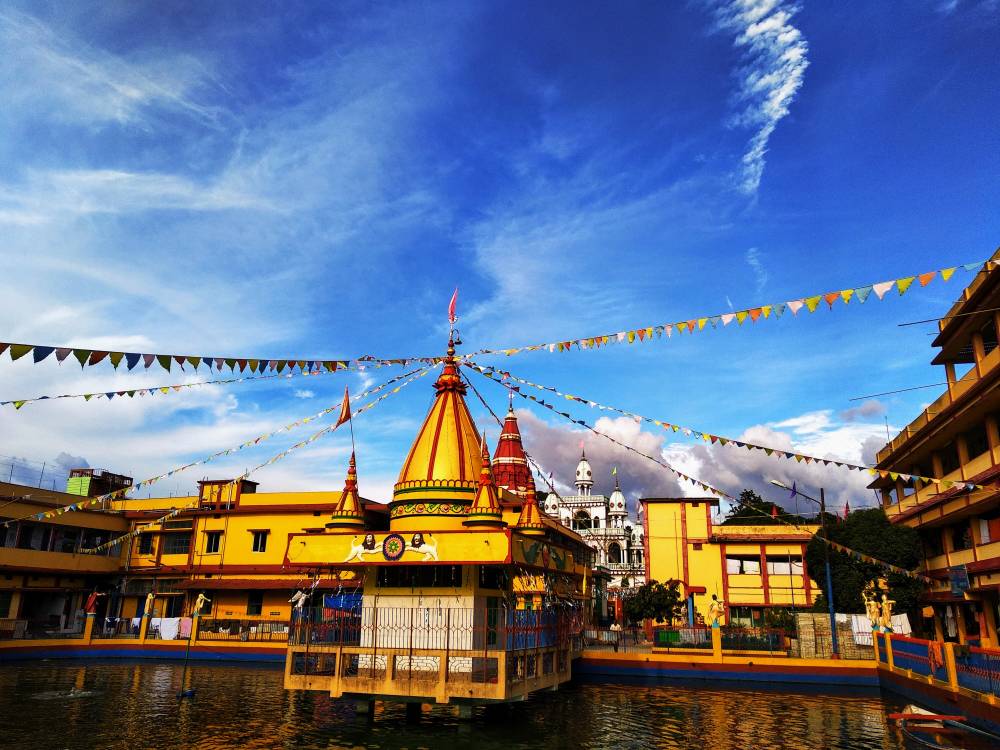 Last updated: May 24th, 2024 2:56 PM
Last updated: May 24th, 2024 2:56 PM
Tripura Property Registration
The RERA Act has come up with the essential legal framework to protect the consumer from being manipulated, provided the consumer is conscious of its provisions. In this article, we look at the procedure for Tripura property registration.Ownership of Land/Property
Through any of the following processes of mutation, the resident of the state can own land or property:- Sale
- Partition
- Gift
- Mortgage
- Will
- Inheritance
- Exchange
- Court Decree
Authorized Departments
The registration of property in the State of Tripura is carried out by the Office of Tehsildar, Office of Deputy Collector and Magistrate (DCM), Revenue Inspector, and District Magistrate and Collector.Procedure of Registration
The applicant can register the property with the help of the following procedures. Let us understand it step-by-step: Step 1:- Register your Document To start with, register your land transaction document in line with the procedures. The registration must be done with the office of the sub-registrar. Step 2:- Apply for Mutation Followed by the acquirement of ‘Dalil’ (land registration document), pay a visit to the office of the Tehsildar and apply for a mutation in Form No. 21 of TRLR Act. Before examining the next step, let us understand the internal procedures performed by the authorities. After applying for mutation, the Tehsildar would acknowledge the receipt of the application by making a duly filed and signed counter-foil. Further, the Tehsildar will specify the details in the mutation register. Post this; the concerned landowners will receive a notice intimating them of the date of supposed hearing. Any objection to the mutation should be raised to the office of the Tehsildar through oral or written means. Entries in the mutation are verified by the Circle officer (DCM or RI), who shall order a field enquiry to the Tehsil office before the date of hearing. After verification, the concerned Admin executive will conduct the field enquiry. Based on this enquiry, a hearing will be held at the concerned office. Note: - A plea for mutation must be supported by a report of the property already owned by you (if any). Step 3:- Submission of Form B After step 2, in which the officers play a bigger role, would require the applicant to submit Form B (for new ROR). The Tehsildar office will simultaneously formulate the Badar Register, Touzi mill Register, Jama Bandi Register, and the case record; the likes of which will be addressed to the DSCM’s office. Post the verification of documents. The DCM may pass an order of mutation over Form B. Step 4:- Collection of Charges You will be provided with a vital document known as Khaitan, whence the applicant has to remit a trivial sum of Rs. 15 per page of Khaitan and Rs. 4 for each additional page. That draws curtains to the application procedure, which is comprehensive in hindsight. However, the more stringent the measures are, the more protected will be your property.Documents Required
Furnish the following documents to the concerned authorities to get the registration:- Deed registration document or ‘Dalil’ and other relevant land documents
- Proof of ownership
- No Objection Certificate
- Proof of payment of stamp duty
- Proof of identity
- Proof of identity of any two witnesses
- A map explaining the structure of the property
- Digital photograph of the property
- Power of attorney and the pertinent documents (in some instances)
Popular Post

In the digital age, the convenience of accessing important documents online has become a necessity...

The Atalji Janasnehi Kendra Project that has been launched by the Government of Karnataka...

The Indian Divorce Act governs divorce among the Christian couples in India. Divorce...

When an individual has more than a single PAN card, it may lead to that person being heavily penalised, or worse,...

Employees Provident Fund (PF) is social security and savings scheme for employee in India. Employers engaged...


